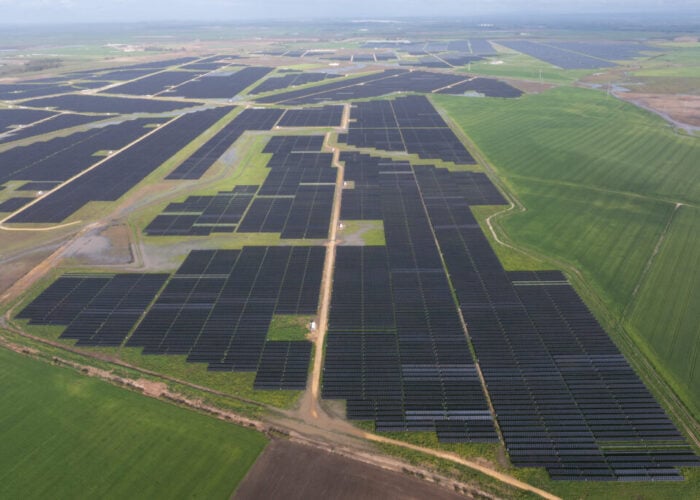
The Australian federal government’s 2024-2025 budget includes a major investment in clean energy manufacturing and an energy bill rebate for households.
Treasurer Dr Jim Chalmers announced the budget last night (14 May). It covers fiscal policy for the next decade and comes a year ahead of the deadline for holding the country’s next general election.
Try Premium for just $1
- Full premium access for the first month at only $1
- Converts to an annual rate after 30 days unless cancelled
- Cancel anytime during the trial period
Premium Benefits
- Expert industry analysis and interviews
- Digital access to PV Tech Power journal
- Exclusive event discounts
Or get the full Premium subscription right away
Or continue reading this article for free
Two main themes that emerged in Chalmers’ speech were the cost-of-living crisis and the need to invest in the economy, specifically the green economy, by onshoring clean energy manufacturing, and turning Australia into a “renewable energy superpower,” the treasurer said.
Among the cost-of-living measures announced was a non-means-tested A$300 (US$199.34) energy bill rebate for all households and A$325 (US$215.87) for small businesses over the next financial year, paid quarterly.
Meanwhile, the Labor government’s plan, Future Made in Australia, will see A$22.7 billion (US$15.1 billion) invested over the next ten years aimed at maximising “the economic and industrial benefits of the international move to net zero,” as well as securing the country’s place “in a changing global economic and strategic landscape,” Chalmers said.
“We know the global energy transformation represents a golden opportunity for Australia. The world is changing, the pace of that change is accelerating, and our approach to growth and investment needs to change as well,” Chalmers said.
“If we hang back, the chance for a new generation of jobs and prosperity will pass us by – and we’ll be poorer and more vulnerable as a consequence. This budget invests in our renewable energy superpower ambitions.”
Read the full version of this story on our sister site, Energy-storage.news.






